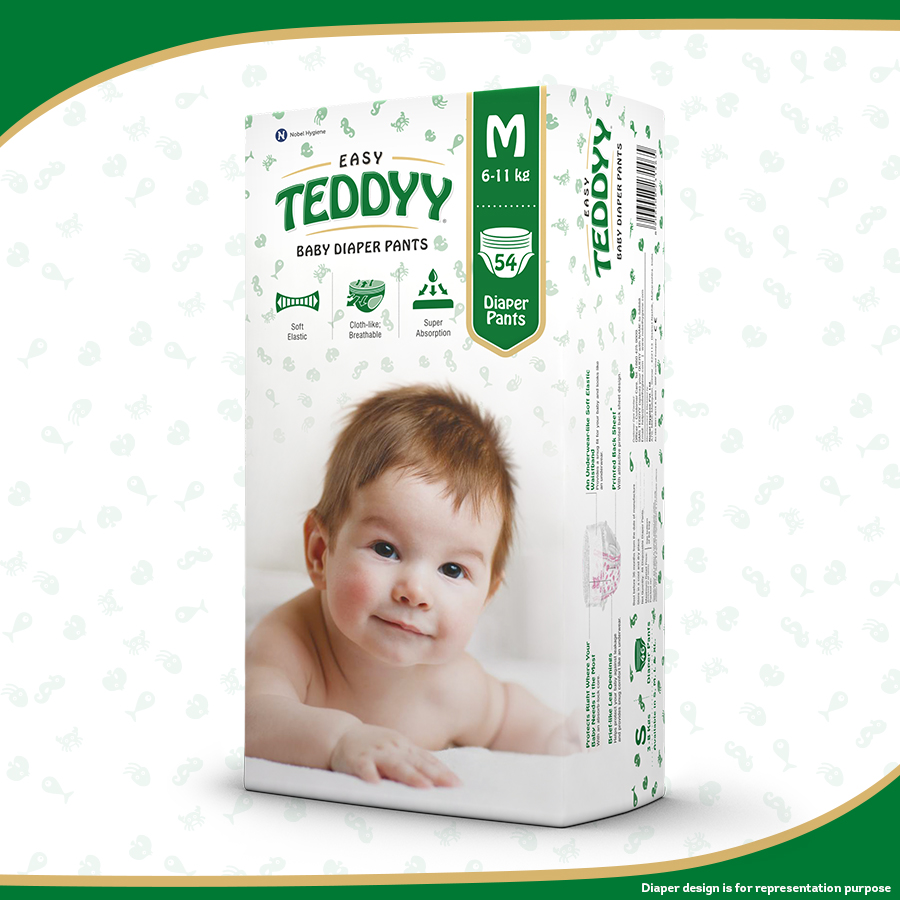How to Establish a Good Latch and Fix Tongue-Tie in Newborns
Why Latch Matters
Nisha was overjoyed to finally hold her baby girl, Tara, in her arms. But within days, worry crept in. Tara wasn’t feeding well. She’d latch on, fuss, then let go. Nisha’s with discomfort and confusion would only question if “Am I doing something wrong?” she thought.
If this sounds familiar, know that you’re not alone. For many new parents, especially first-time mothers, newborns and breastfeeding bring a mix of joy, uncertainty, and often, pain. One of the most common challenges faced in the early days of nursing is achieving a proper latch. It seems simple, but it’s the foundation of a successful breastfeeding journey.
A poor latch doesn’t just affect milk flow; it affects comfort, baby’s weight gain, and a mother’s emotional well-being. Understanding how to fix this can change everything. Let’s walk through the steps, signs, and solutions together.
Step-by-Step: How to Achieve a Proper Breastfeeding Latch (C.H.I.N. Technique)
Getting the latch right isn’t about perfection; it’s about connection, both physically and emotionally. The C.H.I.N. technique is a trusted guide to help you achieve that perfect latch:
✅C – Close: Hold your baby close, ensuring their whole body is facing you, not just their head. This alignment encourages easier access to the breast.
✅H – Head Free: Your baby’s head should be slightly tilted back and free to move. Avoid pushing their head into the breast. Let them lead.
✅I – In Line: Keep your baby’s ear, shoulder, and hip in a straight line. This makes swallowing and sucking more natural.
✅N – Nose to Nipple: Position your nipple opposite your baby’s nose. This prompts them to open wide and achieve a deeper latch.
This technique minimises nipple pain from breastfeeding, ensures better milk transfer, and helps both you and your baby enjoy the moment.
Our Products
Signs of a Poor Latch
How do you know if your baby has latched incorrectly? Some signs may show up right away, while others emerge over time. Be mindful of these red flags:
✅Painful feeding: While initial discomfort can be normal, persistent nipple pain and breastfeeding issues are not.
✅Clicking sounds: These suggest your baby is losing suction and may be struggling to stay latched.
✅Poor milk transfer: If your baby seems frustrated, hungry after feeds, or has poor weight gain, milk may not be flowing properly.
✅Nipple shape after feeding: If your nipple appears flattened, pinched, or creased, the latch might be shallow.
✅Cracked or bleeding nipples: A clear sign of ongoing trauma from poor attachment.
Addressing these concerns early helps avoid breastfeeding difficulties that could impact long-term nursing.
What Is Tongue-Tie?
Sometimes, even after applying all the techniques, latching remains difficult. One common hidden culprit is tongue-tie, medically known as ankyloglossia.
Tongue-tie occurs when the strip of skin (frenulum) connecting the tongue to the bottom of the mouth is unusually short or tight. This restricts tongue movement, making it difficult for the baby to latch deeply and feed effectively.
In the context of newborns and breastfeeding, tongue-tie can be both overwhelming and often overlooked. But identifying it can change everything, for the baby and for the parent struggling silently.
Signs of Tongue-Tie in Newborns
Tongue-tie isn’t always easy to spot, but there are consistent signs that may suggest your baby is affected:
✅ Difficulty latching or staying latched
✅ Clicking or smacking sounds during feeds
✅ Long feeding sessions or frequent feeds
✅ Gassy, fussy baby, often due to swallowing air
✅ Poor weight gain or slow growth
✅ Heart-shaped or notched tongue tip when crying
Mothers may also experience severe nipple pain and breastfeeding frustration, including bruising or constant discomfort. These are not normal and should not be dismissed.
Tongue-Tie Treatment
Once tongue-tie is diagnosed, often by a paediatrician, lactation consultant, or ENT specialist, there are several ways to treat it:
✅ Frenotomy (Snip)
A quick and minimally invasive procedure where the frenulum is snipped with sterile scissors. Most babies recover within minutes and feed better almost immediately.
✅ Laser Frenectomy
A more modern approach that uses a laser to release the frenulum with minimal bleeding or discomfort.
✅ Bodywork & Therapy
Some babies benefit from craniosacral therapy or infant physiotherapy to support optimal feeding and tongue mobility post-procedure.
Always consult a trained professional before making decisions, and trust your instincts. If you’re experiencing pain during breastfeeding, don’t hesitate to explore whether tongue-tie could be part of the problem.
Making Breastfeeding More Comfortable
Whether or not tongue-tie is present, you deserve a comfortable breastfeeding experience. Here are practical ways to reduce pain and boost confidence:
✅ Try different nursing positions: Cradle, cross-cradle, side-lying, or laid-back can help your baby latch better.
✅ Use nipple shields only under guidance; they can help in the short term, but should be supervised.
✅ Keep your nipples moisturised with lanolin or breast milk to soothe irritation from nipple pain and breastfeeding sessions.
✅ Apply cold compresses between feeds to reduce swelling or discomfort.
✅ Take breaks and offer the other breast to balance the pressure.
Sometimes, the smallest adjustments make the biggest difference. And always remember, you’re not failing. You’re learning, adapting, and growing with your baby.
How Teddyy Diapers Helps Parents Through Nursing Struggles
Teddyy Diapers knows that welcoming a newborn into your life brings with it a world of emotions, overwhelming love, tender bonding, and yes, even moments of doubt and exhaustion. The early days are not just about lullabies and giggles; they’re also about midnight feeds, sore shoulders, and the constant effort to do what’s best for your baby.
Teddyy Premium Diaper Pants make sure your little one stays clean, dry, and comfortable, so you can focus on the parts that matter most: closeness, nourishment, and calm.
As you navigate the ups and downs of newborns and breastfeeding, including the challenges of latching, fatigue, or simply learning something new every day, they’re there to help lighten your load in the simplest way they can, by providing soft, gentle, and reliable diapers that keep your baby at ease.
Their role may seem small, but they believe every dry night, every snug fit, and every giggle between changes adds to your peace of mind. They’re not just there for the diaper changes, but for the real moments behind them: the nursing tears, the sleepy cuddles, the growth you witness daily.
Final Thoughts
Every latch, every feeding session, every tear, and every smile tells a story, your story. One filled with strength, learning, and an unwavering love for your little one.
If you’re navigating newborns and breastfeeding, know this: you’re doing an incredible job. Whether you’re facing nipple pain from breastfeeding, managing a tongue-tie diagnosis, or just trying to make it through one more night, you’re not alone.
With patience, knowledge, and the right support, these early struggles can transform into moments of deep connection. Here’s to you, and here’s to every parent doing their best, one latch at a time.
Also Read:
7 Ways to Ensure Your Newborn is Comfortable and Happy
A Perfect Diet Chart for Breastfeeding Mother in India
Faq's
1. How to get a good latch with a tongue tie?
Obtaining a good latch in case of a tongue-tied baby is easy, provided one takes steps to achieve this. Begin with positioning, use a laid-back or cross cradle hold that will provide greater control of your baby. Set out to attain a deep latch by placing the baby’s shoulders and making him/her touch their chin down the chest first. The assistance of a lactation consultant can be close at hand to facilitate the adjustment to accommodating your baby based on its tongue mobility.
2. How long does it take for a latch to improve after a tongue tie release?
A change in babies is instantaneous following a tongue-tie release in some babies, whereas other babies need a few days to a week. This is dependent on many things such as age, mode of feeding and the period that compensation patterns have been in use. Simple mouth exercises and additional assistance from a lactation professional will not only make your baby learn to latch again but also allow him or her to learn the best technique.
3. Can a tongue tie cause a bad latch?
Yes, tongue-tie can significantly affect a baby’s ability to latch properly. It restricts tongue movement, making it hard to achieve a deep, comfortable latch. This often leads to shallow attachment, poor milk transfer, and nipple pain and breastfeeding difficulties for the mother. Identifying and treating tongue-tie can improve both the baby’s feeding and the mother’s comfort.
4. What breastfeeding position is best for tongue tie?
Positions that allow gravity to assist and support deeper latching tend to work best. Laid-back breastfeeding or the football hold can offer better control and visibility. These positions can also reduce strain on the baby’s restricted tongue and help improve suction. Always adjust based on what feels right for you and your baby.





